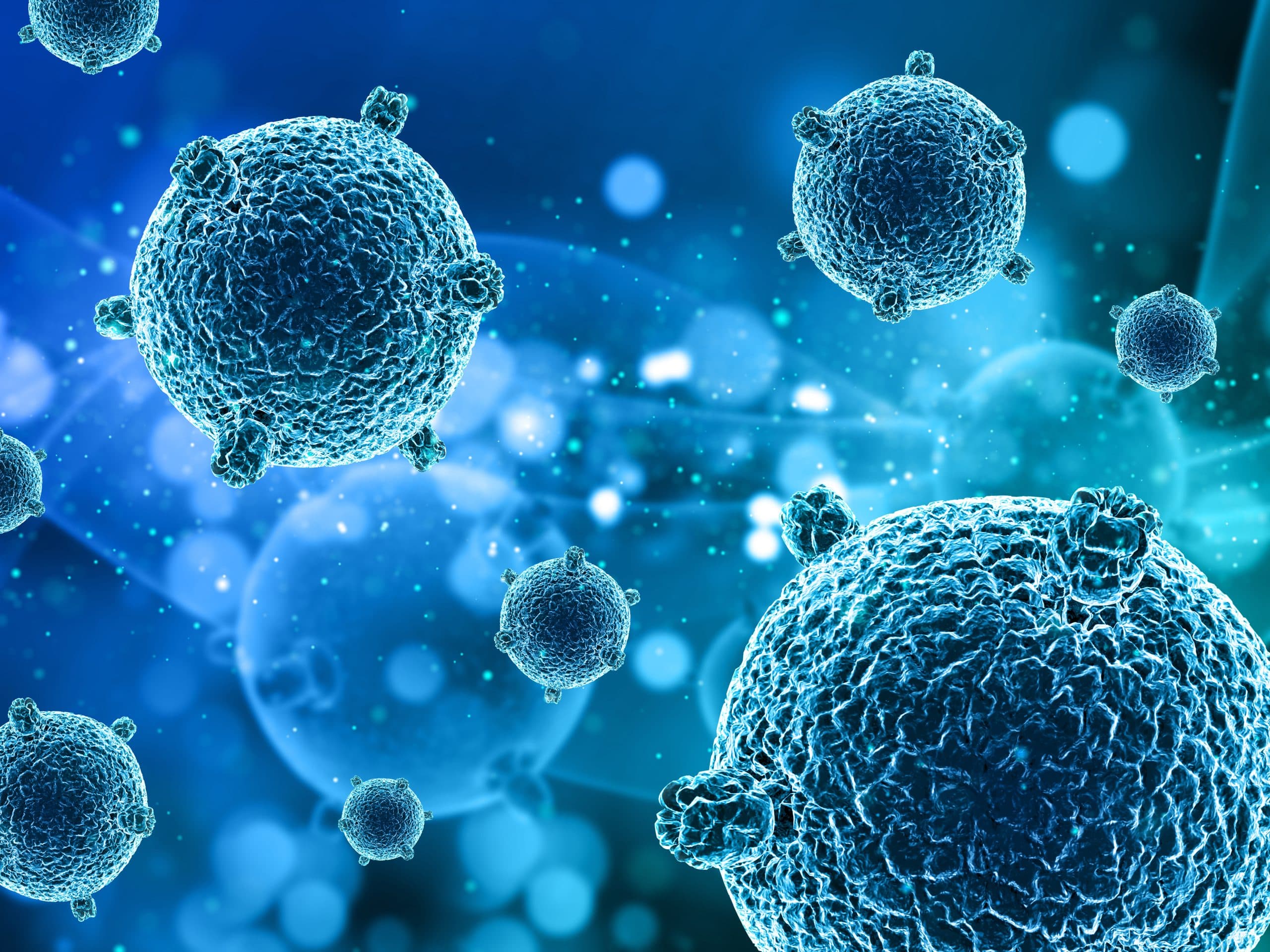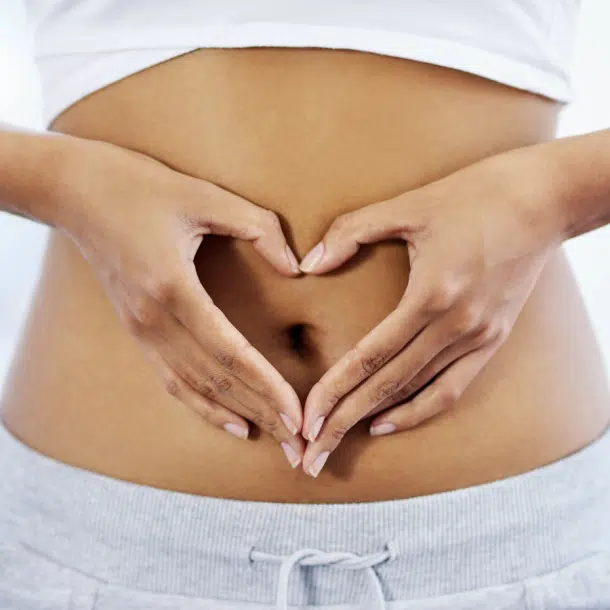Understanding Postbiotics and Their Benefits for Gut Health
The human gut, a remarkably complex organ, hosts a diverse community of microorganisms – the microbiome. Its proper functioning depends on three critical elements: prebiotics, probiotics, and postbiotics. Prebiotics are dietary fibers that fuel the ‘beneficial’ bacteria, while probiotics are these beneficial bacteria. Postbiotics, on the other hand, are bioactive compounds produced when probiotics consume prebiotics. They are key to maintaining a healthy state in your microbiome.
Most people are familiar with foods (prebiotics) and probiotic supplements that nourish good bacteria. However, the role of postbiotics in gut health and overall wellness isn’t as well-known. This article aims to shed light on various categories of postbiotics, their health benefits, and how you can boost postbiotic production with the right foods and supplements.
Demystifying Postbiotics and Their Food Sources
By definition, postbiotics contain inactivated microbial cells or cell components, and metabolites, which contribute to health benefits. Besides the byproducts of active probiotics, inactivated bacteria also count as postbiotics, as they can be utilized by other gut cells. These include substances and nutrients such as amino acids, vitamins B and K, short-chain fatty acids, and antimicrobial peptides that inhibit the growth of harmful bacteria.
Scientists can stimulate specific probiotic bacteria in labs to produce these bioactive compounds, which can then be packaged as pill supplements. Though less prevalent than prebiotics and probiotics, postbiotic supplements have advantages like higher dosage possibilities and longer shelf life.
Here are some general classes of postbiotic compounds and those with proven health benefits:
- Short-chain fatty acids: For example, butyrate, used as fuel by bacteria.
- Lipopolysaccharides.
- Exopolysaccharides.
- Enzymes.
- Cell wall fragments.
- Bacterial lysates: Mixtures from bacterial components that can help ease eczema symptoms.
- Cell-free supernatants: Mixtures of compounds produced by bacteria and yeast.
- Other metabolites like vitamins and amino acids.
To boost your postbiotic levels, consider increasing your intake of fermented foods like kefir, tempeh, and kimchi. By feeding your gut microbiome and probiotics with prebiotic-rich foods, you can enhance postbiotic production. Foods beneficial for this purpose include buttermilk, cottage cheese, high-fiber foods (oats, flaxseed, seaweed, garlic), fermented foods (pickles, kimchi, sauerkraut, kombucha, miso, kefir, tempeh), sourdough bread, and yogurt.
Exploring the Health Benefits of Postbiotics
Research suggests that postbiotics may help alleviate allergy symptoms, ease constipation and diarrhea, aid in weight loss, reduce heart disease risk, and display anti-tumor properties.
Postbiotic Safety Considerations
Generally, postbiotics are safe for healthy individuals as they don’t contain live microorganisms and pose lower risk than probiotics. However, if you’re boosting postbiotics through probiotic-rich foods or supplements, there could be potential risks, especially for people with recent surgery, heart disorders, gastrointestinal disorders, pregnant women, or children. Always seek medical advice before starting a postbiotic supplement or significantly altering your diet.
Conclusion
Although research on postbiotics is promising, more studies are needed. The best way to nurture your microbiome is through a balanced diet. Feeding your probiotic bacteria the right foods will stimulate them to produce postbiotics, promoting a healthy gut bacteria mix and potentially enhancing your overall wellness.
Sources
[1] Salminen, S., Collado, M.C., Endo, A. et al. (2021). The International Scientific Association of Probiotics and Prebiotics (ISAPP) consensus statement on the definition and scope of postbiotics. Nat Rev Gastroenterol Hepatol 18, 649–667 https://doi.org/10.1038/s41575-021-00440-6
[2] Vinderola, G., Sanders, M. E., & Salminen, S. (2022). The Concept of Postbiotics. Foods (Basel, Switzerland), 11(8), 1077. https://doi.org/10.3390/foods11081077
[3] Banasiewicz, T., Domagalska, D., Borycka-Kiciak, K., & Rydzewska, G. (2020). Determination of butyric acid dosage based on clinical and experimental studies – a literature review. Przeglad gastroenterologiczny, 15(2), 119–125. https://doi.org/10.5114/pg.2020.95556
[4] Moroi, M., Uchi, S., Nakamura, K., Sato, S., Shimizu, N., Fujii, M., Kumagai, T., Saito, M., Uchiyama, K., Watanabe, T., Yamaguchi, H., Yamamoto, T., Takeuchi, S., & Furue, M. (2011). Beneficial effect of a diet containing heat-killed Lactobacillus paracasei K71 on adult type atopic dermatitis. The Journal of dermatology, 38(2), 131–139. https://doi.org/10.1111/j.1346-8138.2010.00939.x
[5] Tarrerias, A. L., Costil, V., Vicari, F., Létard, J. C., Adenis-Lamarre, P., Aisène, A., Batistelli, D., Bonnaud, G., Carpentier, S., Dalbiès, P., Ecuer, S., Etienne, J., Fantoli, M., Grunberg, B., Lannoy, P., Lapuelle, J., Margulies, A., Neumeier, M., Rouillon, J. M., Schmets, L., … Canard, J. M. (2011). The effect of inactivated Lactobacillus LB fermented culture medium on symptom severity: observational investigation in 297 patients with diarrhea-predominant irritable bowel syndrome. Digestive diseases (Basel, Switzerland), 29(6), 588–591. https://doi.org/10.1159/000332987
[6] Goswami, C., Iwasaki, Y., & Yada, T. (2018). Short-chain fatty acids suppress food intake by activating vagal afferent neurons. The Journal of nutritional biochemistry, 57, 130–135. https://doi.org/10.1016/j.jnutbio.2018.03.009
[7] Byrne, C. S., Chambers, E. S., Morrison, D. J., & Frost, G. (2015). The role of short chain fatty acids in appetite regulation and energy homeostasis. International journal of obesity (2005), 39(9), 1331–1338. https://doi.org/10.1038/ijo.2015.84
[8] Kim, S., Goel, R., Kumar, A., Qi, Y., Lobaton, G., Hosaka, K., Mohammed, M., Handberg, E. M., Richards, E. M., Pepine, C. J., & Raizada, M. K. (2018). Imbalance of gut microbiome and intestinal epithelial barrier dysfunction in patients with high blood pressure. Clinical science (London, England : 1979), 132(6), 701–718. https://doi.org/10.1042/CS20180087
[9] Alvaro, A., Solà, R., Rosales, R., Ribalta, J., Anguera, A., Masana, L., & Vallvé, J. C. (2008). Gene expression analysis of a human enterocyte cell line reveals downregulation of cholesterol biosynthesis in response to short-chain fatty acids. IUBMB life, 60(11), 757–764. https://doi.org/10.1002/iub.110
[10] Rad, A. H., Aghebati-Maleki, L., Kafil, H. S., & Abbasi, A. (2021). Molecular mechanisms of postbiotics in colorectal cancer prevention and treatment. Critical reviews in food science and nutrition, 61(11), 1787–1803. https://doi.org/10.1080/10408398.2020.1765310
[11] Homayouni Rad, A., Aghebati Maleki, L., Samadi Kafil, H., Fathi Zavoshti, H., & Abbasi, A. (2021). Postbiotics as Promising Tools for Cancer Adjuvant Therapy. Advanced pharmaceutical bulletin, 11(1), 1–5. https://doi.org/10.34172/apb.2021.007
https://www.health.harvard.edu/nutrition/what-are-postbiotics
https://health.clevelandclinic.org/postbiotics/
https://www.healthline.com/nutrition/postbiotics
https://www.webmd.com/digestive-disorders/features/what-are-postbiotics








